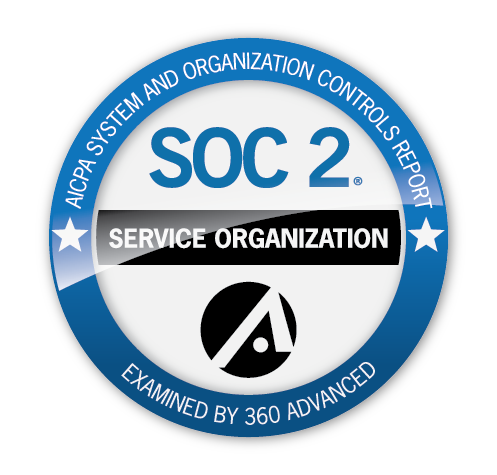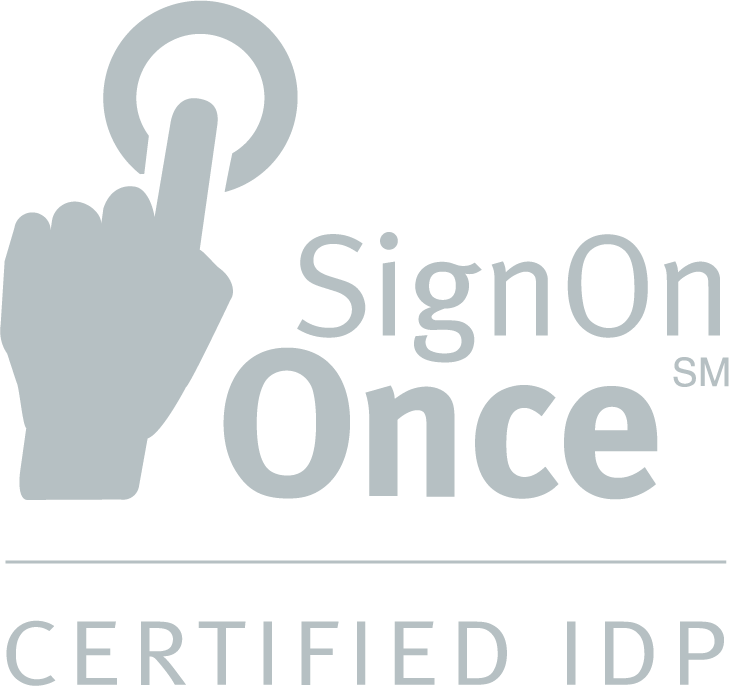Technology is created to make our lives easier, right? Of course. But without the right connectivity and integration, technology can instead make things harder.
Think about this scenario, for example. A couple travels to Paris for their honeymoon and bring along all their favorite electronics—a trusty hair dryer, flat iron, and electric razor, and chargers for their phones and smart watches. But when they arrive at the hotel, they quickly realize something. Europe has an entirely different plug system—the Type C plug—and none of their products will work. Thankfully, this crisis is only temporary because they can easily purchase an adapter that will allow them to plug in their products.
In the software world, the concept of an adapter is an application programming interface (API). In a metaphoric sense, APIs can be thought of as a “digital connective tissue” that allows software systems to connect and talk to one another in a way that is safe and controlled.
Connectivity to improve digital client experience
Historically, the insurance industry has been associated with arduous workflows, legacy systems, and manual processes. Today, agencies and carriers are finding that their clients are increasingly expecting smooth online experiences that include personalized and on-demand services and products.
The key enabler at the heart of this digital transformation? APIs. These bridges allow for enhanced digital communication that connects companies with their customers while reducing the need for human interaction. These are the same configurations that tech giants such as Amazon, Google, and Facebook use to update services and improve capabilities for their customer base.
A straightforward example of when an API is used in software: When an agency’s end-insured wants to purchase an auto insurance policy, they may be directed to a page that features a pay portal. This portal is provided by an entirely different software system from the agency, and it requires access to data and information from the agency’s system. The API acts as the connector that seamlessly merges these two pieces of software together, and if it works well, the client won’t even realize they are working with two different pieces of software.
Tailored to provide ease of service and meet unique needs
A recent research study by Celent found that “ease of doing business” is a leading factor for agencies when it comes to selecting a carrier to work with. Providing this smoothness is only accomplished when existing software is easy to integrate with other systems, which will in turn drive productivity.
Open-integration empowered by APIs allows agencies and carriers to tailor their solutions to meet the specific needs of the ecosystem—a value that can’t be overstated in the ever-dynamic insurance industry where tech needs change rapidly.
Leveraging the use of data with APIs
There are many ways for the industry to leverage APIs as a way to modernize, improve connectivity, and enhance the digital experience for clients. For example, carriers and agencies can access large amounts of data through APIs, which enables them to deliver more personalized policy offerings to clients in less time. Tools such as machine learning and AI can also help carriers and agencies perform real-time risk evaluation to detect cases of fraud.
Additionally, more access to data can help insurers and agencies better understand their clients, which will help them become better trusted advisors. These data insights can also be used to identify cross-selling opportunities, helping companies continue to win and retain clients.
Solving complex connectivity moving forward
The insurance distribution system can be very complex, and addressing connectivity can feel like an enormous undertaking. That’s why it’s important to work with software vendors that have user-friendly tools and ready-made partnerships with other purpose-built tech to make the process easier. Plus, with the help of APIs, insurers, agencies, and vendors can begin to modernize their solutions to provide a better client experience.


